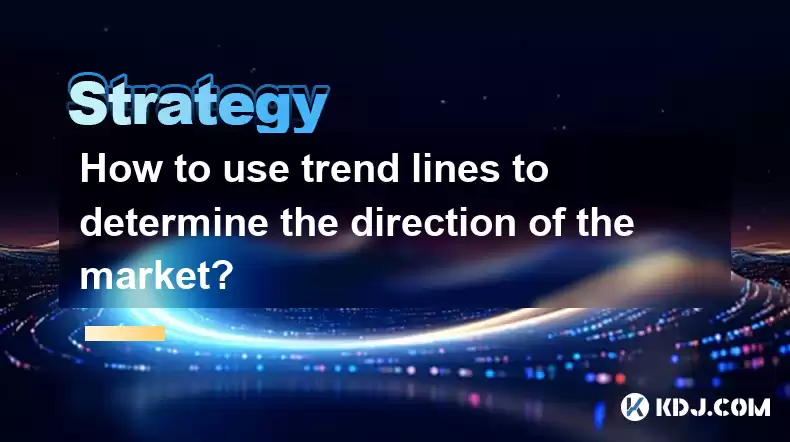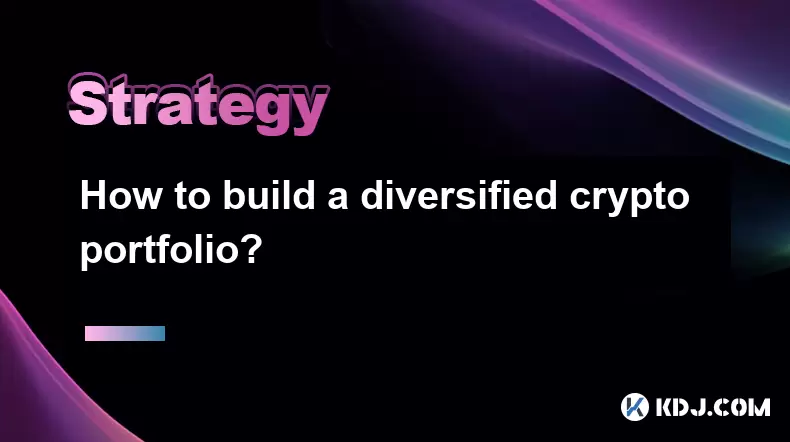-
 Bitcoin
Bitcoin $116400
-0.36% -
 Ethereum
Ethereum $4033
3.40% -
 XRP
XRP $3.302
-1.26% -
 Tether USDt
Tether USDt $1.000
-0.02% -
 BNB
BNB $796.1
1.67% -
 Solana
Solana $177.8
1.89% -
 USDC
USDC $0.9999
0.00% -
 Dogecoin
Dogecoin $0.2314
4.09% -
 TRON
TRON $0.3381
0.14% -
 Cardano
Cardano $0.7989
1.22% -
 Stellar
Stellar $0.4496
-1.84% -
 Chainlink
Chainlink $20.42
9.42% -
 Hyperliquid
Hyperliquid $41.17
0.88% -
 Sui
Sui $3.914
3.77% -
 Bitcoin Cash
Bitcoin Cash $584.7
1.52% -
 Hedera
Hedera $0.2632
-0.54% -
 Avalanche
Avalanche $24.09
3.40% -
 Ethena USDe
Ethena USDe $1.001
-0.02% -
 Litecoin
Litecoin $123.2
1.33% -
 Toncoin
Toncoin $3.318
-0.04% -
 UNUS SED LEO
UNUS SED LEO $8.984
-0.05% -
 Shiba Inu
Shiba Inu $0.00001323
2.85% -
 Uniswap
Uniswap $10.90
4.41% -
 Polkadot
Polkadot $3.999
3.34% -
 Dai
Dai $1.000
0.01% -
 Cronos
Cronos $0.1630
9.64% -
 Bitget Token
Bitget Token $4.484
0.82% -
 Monero
Monero $272.4
2.44% -
 Pepe
Pepe $0.00001173
6.03% -
 Aave
Aave $290.8
2.88%
How to use trend lines to determine the direction of the market?
Trend lines in cryptocurrency markets visually represent the overall price trend, helping traders identify market direction and potential trading opportunities by connecting lows in uptrends and highs in downtrends.
Feb 27, 2025 at 01:48 am

Key Points:
- Definition of a trend line
- Types of trend lines
- Identifying trend lines in a cryptocurrency market
- Using trend lines to determine market direction
- Confirming trend line validity
- Avoiding common pitfalls
How to Use Trend Lines to Determine the Direction of the Market
1. Definition of a Trend Line
In technical analysis, a trend line is a plotted line connecting two or more highs (uptrend) or lows (downtrend) on a price chart. It represents the underlying price trend and helps traders identify market direction.
2. Types of Trend Lines
There are two main types of trend lines:
- Uptrend: A line connecting consecutive lows, indicating a rising market.
- Downtrend: A line connecting consecutive highs, indicating a falling market.
3. Identifying Trend Lines in a Cryptocurrency Market
To identify trend lines in a crypto market, follow these steps:
- Locate swings: Mark local highs and lows on the price chart.
- Connect highs/lows: Draw a line connecting the lows (uptrend) or highs (downtrend) with minimal interference from price action.
- Ensure steepness: The trend line should not be too steep or too flat. A slope between 30-60 degrees is ideal.
4. Using Trend Lines to Determine Market Direction
Trend lines indicate the primary direction of the market. When:
- Price respects the trend line: The price continues to move in the direction of the trend line, suggesting a continuation of the trend.
- Price breaks the trend line: The price moves decisively beyond the trend line, indicating a potential trend reversal.
5. Confirming Trend Line Validity
To confirm the validity of a trend line, consider the following factors:
- Multiple points: The trend line should connect at least three significant highs/lows.
- Volume confirmation: Stronger trend lines often have increased trading volume at support and resistance levels.
- Other indicators: Support trend lines with other technical indicators, such as moving averages or MACD.
6. Avoiding Common Pitfalls
- Unstable trend lines: Trend lines may break multiple times, reducing their reliability.
- False breakouts: Price movements can temporarily breach trend lines without reversing the overall trend.
- Overfitting: Do not draw too many trend lines, as it can lead to inaccurate interpretations.
FAQs:
Q: What is the difference between a support and resistance trend line?
A: A support trend line connects multiple lows, preventing price from falling further. A resistance trend line connects multiple highs, acting as a ceiling for rising prices.
Q: How do you trade using trend lines?
A: Use trend lines to identify potential trading opportunities. Buy (sell) when the price approaches support (resistance) and expect it to bounce off the trend line.
Q: Can trend lines predict price targets?
A: Trend lines do not predict exact price targets. However, they can provide guidance on the potential direction and range of price movements.
Q: What are the limitations of using trend lines?
A: Trend lines are subjective and not foolproof. They may break without notice, and they do not account for all factors influencing price action.
Disclaimer:info@kdj.com
The information provided is not trading advice. kdj.com does not assume any responsibility for any investments made based on the information provided in this article. Cryptocurrencies are highly volatile and it is highly recommended that you invest with caution after thorough research!
If you believe that the content used on this website infringes your copyright, please contact us immediately (info@kdj.com) and we will delete it promptly.
- HAT Token Mania: Price Surges, Crypto Auctions, and Meme Coin Mayhem
- 2025-08-09 11:10:11
- Undervalued Cryptos Primed for a 2025 Takeoff: MAGACOIN, TRX, and SUI Lead the Pack
- 2025-08-09 11:10:11
- Bitcoin Goes to Harvard: Ivy League Embraces Digital Assets
- 2025-08-09 10:50:12
- Bitcoin, BlockDAG, and Toncoin: Decoding the Crypto Buzz in NYC
- 2025-08-09 11:30:11
- XRP, Pi Network, and Binance Listing Buzz: What's the Hype?
- 2025-08-09 11:30:11
- Arctic Pablo Coin: The Meme Coin Presale Promising High ROI in Q3 2025
- 2025-08-09 10:50:12
Related knowledge

How to use stop-loss orders to limit potential losses?
Aug 08,2025 at 02:01pm
Understanding Stop-Loss Orders in Cryptocurrency TradingA stop-loss order is a risk management tool used by traders to automatically sell a cryptocurr...

How to read cryptocurrency charts and use technical analysis?
Aug 08,2025 at 11:08am
Understanding the Basics of Cryptocurrency ChartsCryptocurrency charts are graphical representations of price movements over time. These charts are es...

How to do your own research (DYOR) before investing in a crypto project?
Aug 08,2025 at 09:07pm
Understanding the Core Principles of DYOR in CryptocurrencyEngaging in due diligence before investing in any cryptocurrency project is essential to mi...

How to build a diversified crypto portfolio?
Aug 09,2025 at 12:21pm
Understanding the Importance of Diversification in CryptoDiversification in the cryptocurrency space is a strategy used to reduce risk by spreading in...

How to avoid common crypto investment mistakes?
Jul 13,2025 at 01:35am
Understanding the Risks of Crypto InvestmentInvesting in cryptocurrency can be highly rewarding, but it also comes with significant risks. One of the ...

What is a long-short crypto strategy?
Jul 15,2025 at 10:56am
Understanding the Basics of a Long-Short Crypto StrategyA long-short crypto strategy is an investment approach where traders simultaneously take long ...

How to use stop-loss orders to limit potential losses?
Aug 08,2025 at 02:01pm
Understanding Stop-Loss Orders in Cryptocurrency TradingA stop-loss order is a risk management tool used by traders to automatically sell a cryptocurr...

How to read cryptocurrency charts and use technical analysis?
Aug 08,2025 at 11:08am
Understanding the Basics of Cryptocurrency ChartsCryptocurrency charts are graphical representations of price movements over time. These charts are es...

How to do your own research (DYOR) before investing in a crypto project?
Aug 08,2025 at 09:07pm
Understanding the Core Principles of DYOR in CryptocurrencyEngaging in due diligence before investing in any cryptocurrency project is essential to mi...

How to build a diversified crypto portfolio?
Aug 09,2025 at 12:21pm
Understanding the Importance of Diversification in CryptoDiversification in the cryptocurrency space is a strategy used to reduce risk by spreading in...

How to avoid common crypto investment mistakes?
Jul 13,2025 at 01:35am
Understanding the Risks of Crypto InvestmentInvesting in cryptocurrency can be highly rewarding, but it also comes with significant risks. One of the ...

What is a long-short crypto strategy?
Jul 15,2025 at 10:56am
Understanding the Basics of a Long-Short Crypto StrategyA long-short crypto strategy is an investment approach where traders simultaneously take long ...
See all articles

























































































